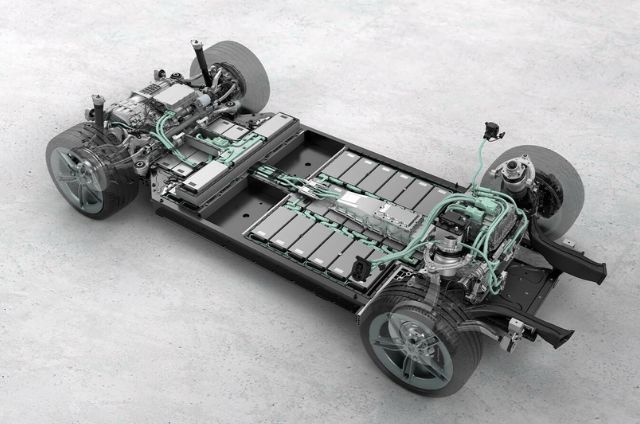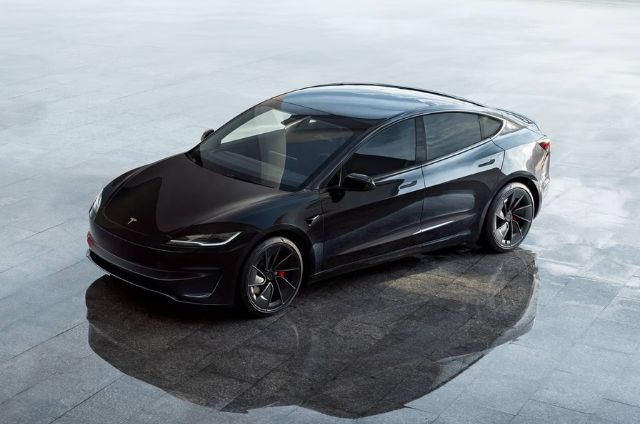EV Batteries Just Became Circular
Electric vehicle batteries aren’t just lasting longer—they’re becoming remarkably sustainable. Thanks to a new regulatory framework developed by a Chinese-led research team, battery recycling has hit an impressive milestone: 99.6% recovery for nickel, cobalt, and manganese, and 96.5% for lithium.
These results come from a unified approach supported by 22 new industry standards, covering everything from dismantling, testing, and safe handling, to advanced material separation and chemical reprocessing. The initiative connects the full battery lifecycle—from raw material sourcing and production to reuse and end-of-life recycling.
This isn’t theoretical. Companies following the new protocols are already achieving these high-efficiency recycling rates in real-world operations. It’s a bold step forward that could reshape how the global battery supply chain works.
Closing the Loop on EV Materials
For years, battery critics pointed to end-of-life disposal as a major sustainability hurdle. That challenge is quickly transforming into a business opportunity.
Recycled battery materials are proving to be as reliable and valuable as newly mined metals, enabling manufacturers to cut costs, ensure long-term supply stability, and dramatically reduce environmental impact. This model also supports energy security by lessening dependency on overseas mining and refining operations.
Second Lives, New Uses
Today’s EV batteries often retain 70–80% of their original capacity even after being retired from vehicles. They’re now being reused in home energy storage, industrial backup systems, and even as buffers for EV charging stations, helping to manage grid loads efficiently.
Because new battery packs are now being designed for disassembly and material recovery, second-life use is easier, safer, and far more scalable than before.
A Future Fueled by Recycling
What once seemed like a technological hurdle is now a strategic advantage. As recovery efficiency nears perfection, EV batteries become more than just power sources—they become a repeatable, reusable resource fueling a cleaner and more circular energy future.
The EV era isn’t just electric—it’s sustainable by design.



